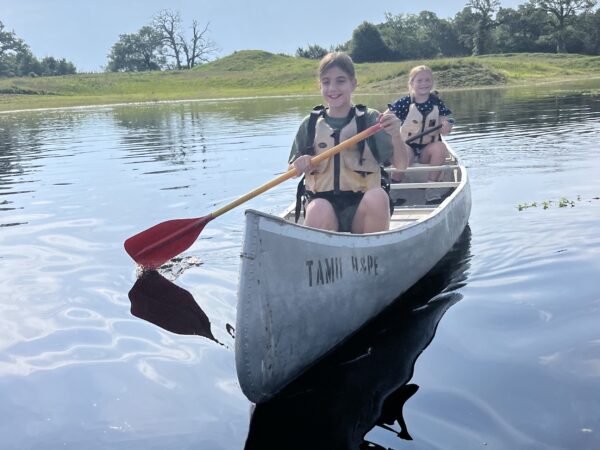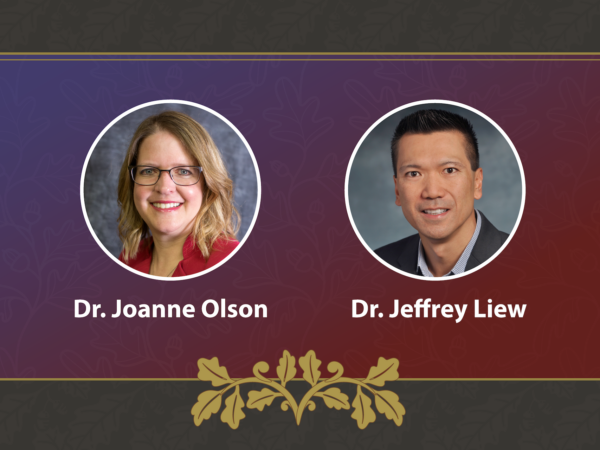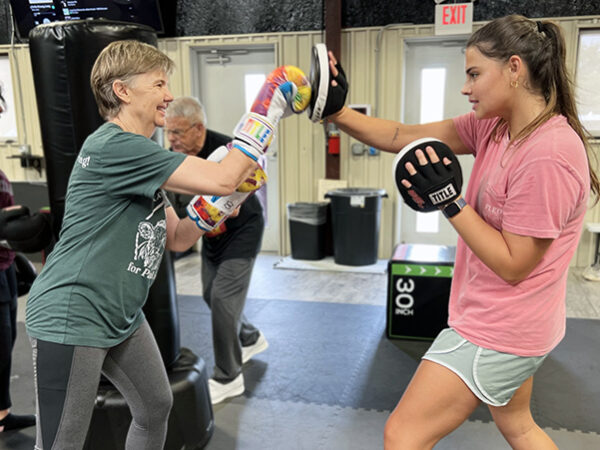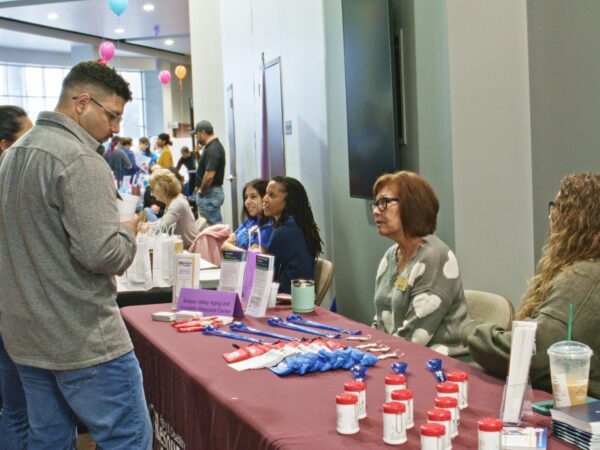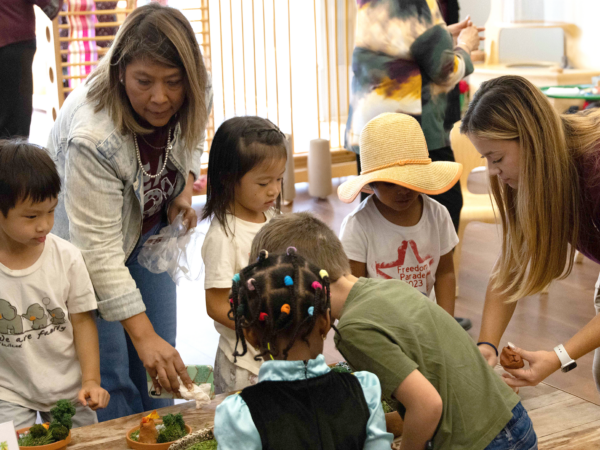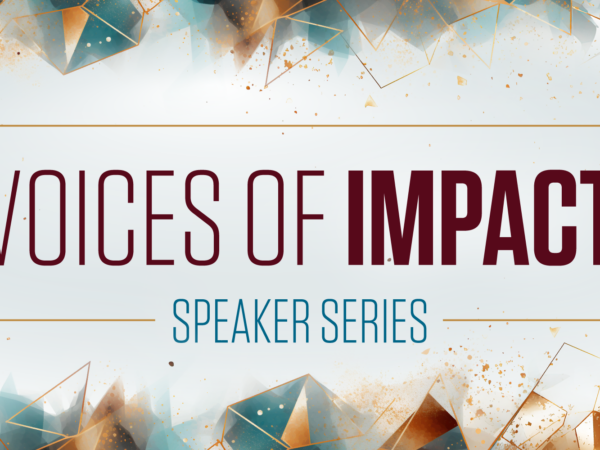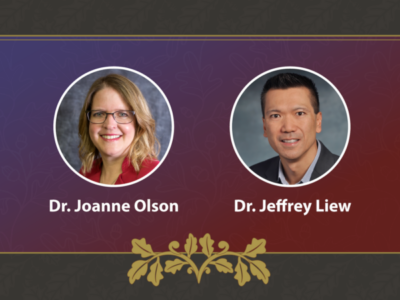Bullying Prevention: How We Can Make A Difference
One in every four students is bullied. Most bullying happens in middle school and comes in the form of verbal and social bullying. Dr. Jamilia Blake, associate professor of school psychology, studies the causes and effects of bullying at school and its impact on victims.
We sat down with Blake to discuss her research and how parents, students and our schools can make a difference.
Q: What is bullying?
Blake: “My definition of bullying is the intention to intimidate or cause harm to an individual that is not able to defend themselves. The traditional definition is that bulling has to be repetitive. From a research perspective that is important, but I think you start to split hairs when you’re talking about what this means practically. It gets hard to start distinguishing between aggression versus bullying. I see the distinction as a power differential, where one person is really not able to hold their own against these attacks.”
Q: Talk briefly about your research as it relates to bullying.
Blake: “My research related to bullying focuses on children with disabilities, children who are from ethnically diverse backgrounds, Black and Latino children. I try to look at what the predictors of bullying are – what causes children to engage in bullying and more importantly, who is targeted for bullying and why.”
Q: Are we seeing an increase or decrease in bullying cases nationally?
Blake: “Nationally, bullying rates have declined. We’ve become a lot clearer on what we mean by bullying and the categories used to define it for the public and students. Based on that, rates are slowly going down. But how much bullying it too much? We still have a lot of work to be done.”
Q: What are some warning signs for someone considered a bully?
Blake: “That’s tough because I don’t think there are warning signs. We’re always in search of this package, that’s how our mind works. We want this neat little checklist. What we’re finding is that bullies are very different depending on the context. You can be really dominant and have a lot of power influence, but that doesn’t necessarily make you a bully. You can be really insecure, but that doesn’t make you a bully. It’s not a one size fits all. The more we ask these questions, the more we’re finding out just how unique and different bullies are.”
Q: What can a child do about bullying, both as someone going through it and as someone who is witnessing it?
Blake: “As a bystander you can watch, you can contribute to bullying, you can support the victim or you can tell an adult. It is important not to encourage the bully by laughing or by spreading rumors. If you are being bullied it is important to not internalize it. It isn’t about you and there is nothing wrong with you. Reach out to your support system whether that is your parents or your friends. It is important to know you don’t have to do this alone.”
Q: There are studies showing that some children do not feel comfortable going to an adult to ask for help. Why is that?
Blake: “In their opinion, adults mess things up. The adults want to go in and correct it by stopping the child that is bullying. But what it looks like is that the victim tattled and the bully starts to torment them even more. The question then is how do we handle it correctly? If we address the situation, we have to make sure that we don’t tell the bully things that only the victim would know as to not reveal the source. I know there is no way to completely protect the victim, but we need to be more thoughtful and careful in how we handle these situations.”
Q: How has cyberbullying changed the bullying landscape?
Blake: “My opinion is that cyber bullying is still bullying, it’s just a different strategy. It’s relational bullying using technology. Youth live on the internet. It’s how they survive and it’s their social world. The internet is harder to monitor, harder to identify the source and harder to control.”
Blake and her colleagues, funded by a grant from the Society for the Study of School Psychology, worked to develop an effective bullying prevention program for schools across Texas. You can read about it here.
About the Writer
Ashley is the Media Relations Coordinator and responsible for news coverage in the Department of Teaching, Learning and Culture as well as the Department of Educational Psychology.
Articles by AshleyFor media inquiries, contact Ashley Green.
Fundraising
To learn more about how you can assist in fundraising, contact Amy Hurley, Director of Development ahurley@txamfoundation.com or 979-847-9455


